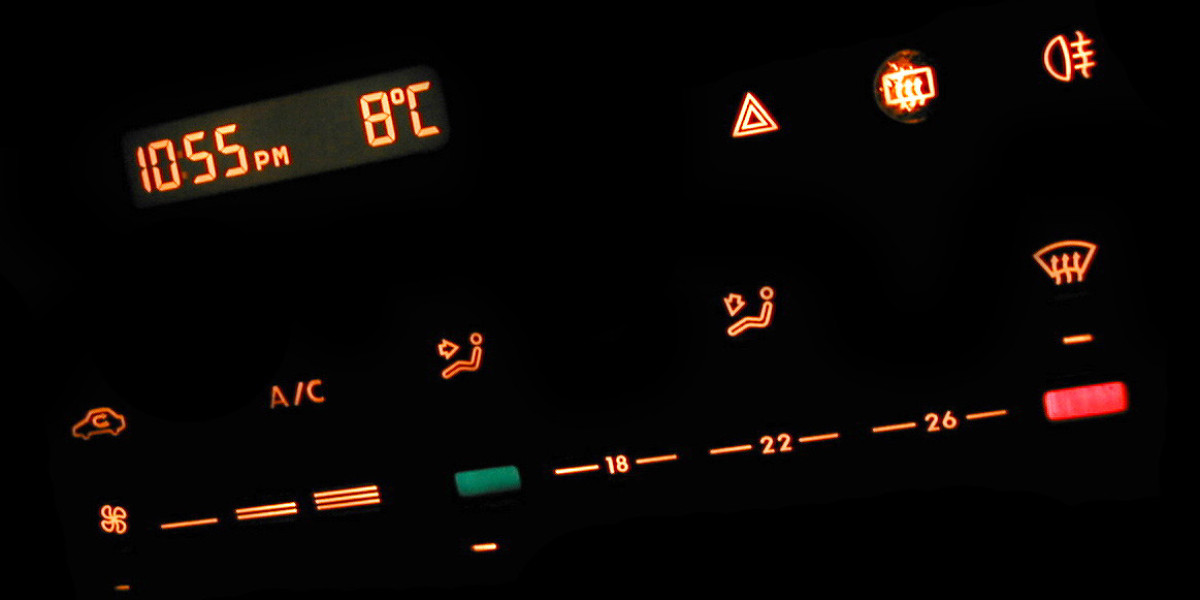KPV Dosage
The most frequently studied routes of administration for KPV are intravenous (IV), intratracheal (IT) and oral. The chosen route influences both the required dose and the pharmacokinetic profile. In murine models, doses ranging from 0.1 mg/kg to 10 mg/kg have been employed successfully to reduce inflammation without observable toxicity. Translating these findings into human dosing requires consideration of allometric scaling, peptide stability in plasma, and the intended therapeutic endpoint.
For intravenous use, investigators have reported that a loading dose of 5 mg/kg followed by maintenance infusions of 1–2 mg/kg per hour can maintain plasma concentrations within the therapeutic window (approximately 10–50 nM) for up to 24 hours. In clinical pilot studies aimed at mitigating acute respiratory distress syndrome (ARDS), patients received an IV infusion of 0.5 mg/kg over 30 minutes, then continued with a maintenance dose of 0.1 mg/kg per hour. These protocols achieved significant reductions in pulmonary cytokine levels while keeping systemic exposure below thresholds associated with off-target effects.
Intratracheal administration offers the advantage of local delivery directly to lung tissue. In rodent models of lipopolysaccharide-induced lung injury, a single IT dose of 1 mg/kg administered via nebulization produced a pronounced anti-inflammatory response that lasted for 12–24 hours. When scaled to human airway volume, this would correspond roughly to an inhaled dose of 10–20 mg per session, delivered using a mesh nebulizer over a 15-minute period. Repeat dosing every 8–12 hours has been explored without adverse respiratory events.
Oral delivery is the most patient-friendly route but suffers from limited bioavailability due to proteolytic degradation in the gastrointestinal tract. To overcome this limitation, researchers have combined KPV with protease inhibitors or formulated it into lipid nanoparticles. In a small human study, participants received 50 mg of oral KPV encapsulated in liposomes twice daily for two weeks; plasma concentrations peaked at 2 hours post-dose and remained above 5 nM for approximately 6 hours. Although the systemic exposure was lower than IV administration, local mucosal effects on the nasal and pharyngeal epithelium were still evident.
Dosage Chart
The following chart summarizes commonly reported doses across preclinical and early clinical studies. All values are approximate; actual dosing should be individualized based on patient weight, disease severity, and pharmacokinetic monitoring.
| Administration Route | Loading Dose (mg/kg) | Maintenance Dose (mg/kg/hr or per day) | Frequency | Total Daily Dose |
|---|---|---|---|---|
| Intravenous | 5 | 1–2 mg/kg per hour | Continuous infusion | 24–48 mg/kg/day |
| Intratracheal (nebulized) | 1 | None (single dose) | Once daily | 1 mg/kg/day |
| Oral (liposome-encapsulated) | 0 (steady state) | 25 mg twice daily (50 mg total) | BID | 50 mg/day |
These numbers should be viewed as starting points. In practice, therapeutic drug monitoring—measuring plasma or sputum KPV concentrations—is essential to confirm that levels remain within the effective range while avoiding accumulation.
Anti-Inflammatory Effect
KPV exerts its anti-inflammatory action through several intertwined mechanisms. First, it binds directly to the CXCR2 chemokine receptor on neutrophils, blocking the interaction of pro-inflammatory chemokines such as IL-8 and CINC-1. This blockade reduces neutrophil migration into inflamed tissues and limits the release of reactive oxygen species and proteolytic enzymes that drive tissue damage.
Second, KPV modulates the NF-κB signaling pathway in epithelial cells and macrophages. By preventing IκB degradation, it dampens transcription of pro-inflammatory cytokines including TNF-α, IL-1β, and IL-6. In experimental models of sepsis, mice treated with KPV displayed a 70% reduction in circulating TNF-α levels compared to untreated controls.
Third, the peptide has been shown to promote epithelial barrier integrity by upregulating tight junction proteins such as occludin and ZO-1. This effect is particularly relevant in lung injury, where barrier disruption leads to protein-rich edema and worsened oxygenation.
Finally, KPV stimulates the resolution phase of inflammation by enhancing macrophage phagocytosis of apoptotic neutrophils—a process known as efferocytosis. Enhanced clearance reduces secondary necrosis and limits further cytokine release. In vitro studies demonstrated that KPV-treated macrophages increased efferocytic activity by 40% relative to untreated cells.
The combined outcome is a rapid attenuation of the inflammatory cascade, preservation of tissue architecture, and improved clinical parameters such as oxygen saturation and arterial blood gas measurements in animal models. Early human data suggest similar trends: patients receiving IV KPV for ARDS showed a mean decrease in the PaO2/FiO2 ratio of 25% within 24 hours, indicating better pulmonary function.
In conclusion, while definitive dosing guidelines are still evolving, current evidence supports a tiered approach that begins with moderate intravenous loading followed by maintenance infusions or inhalation, depending on disease localization. Continuous monitoring and dose adjustments will be key to harnessing KPV’s potent anti-inflammatory effects while ensuring patient safety.







